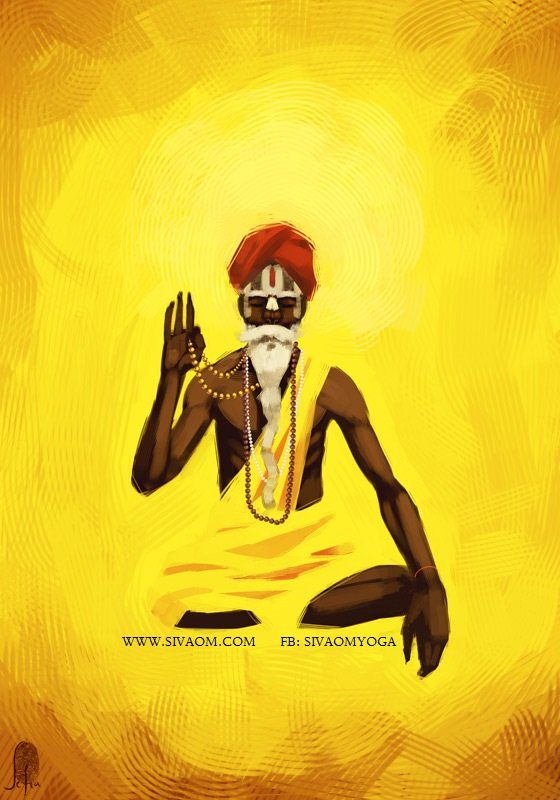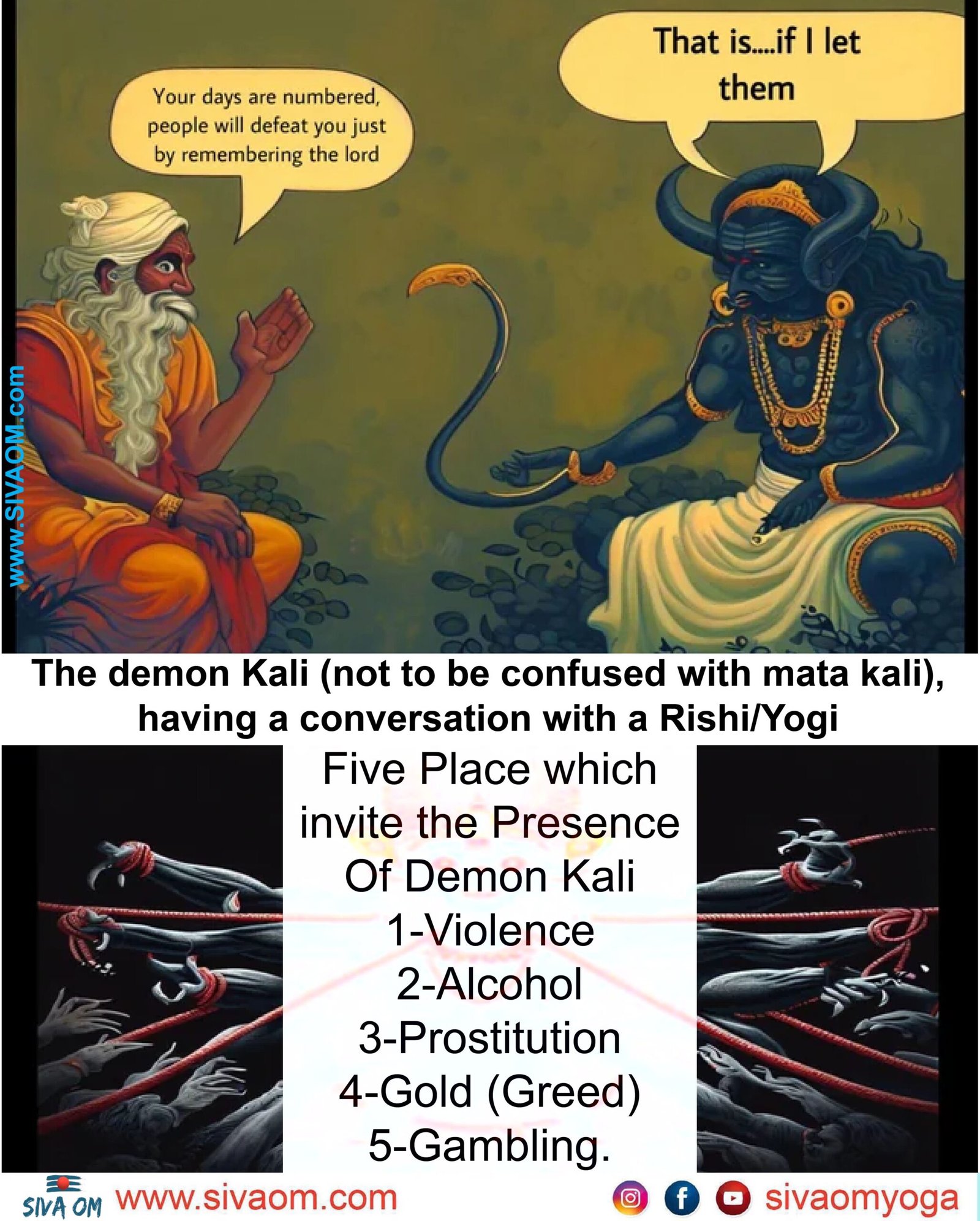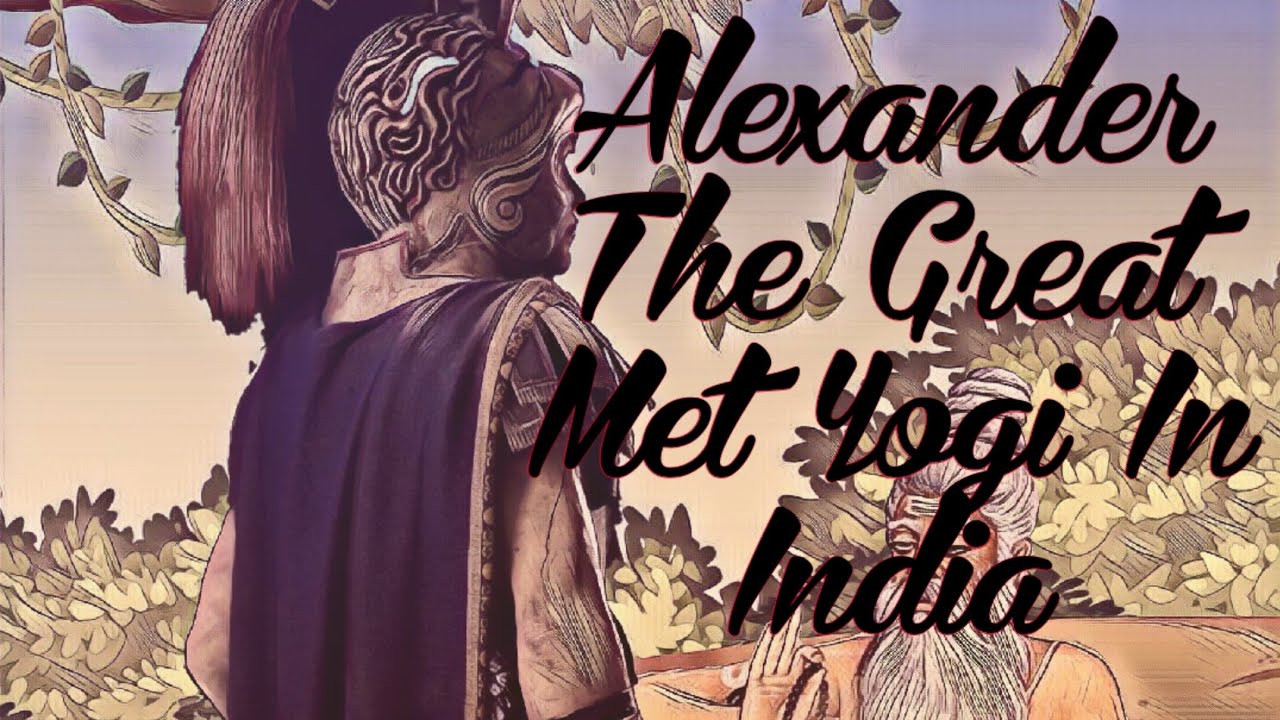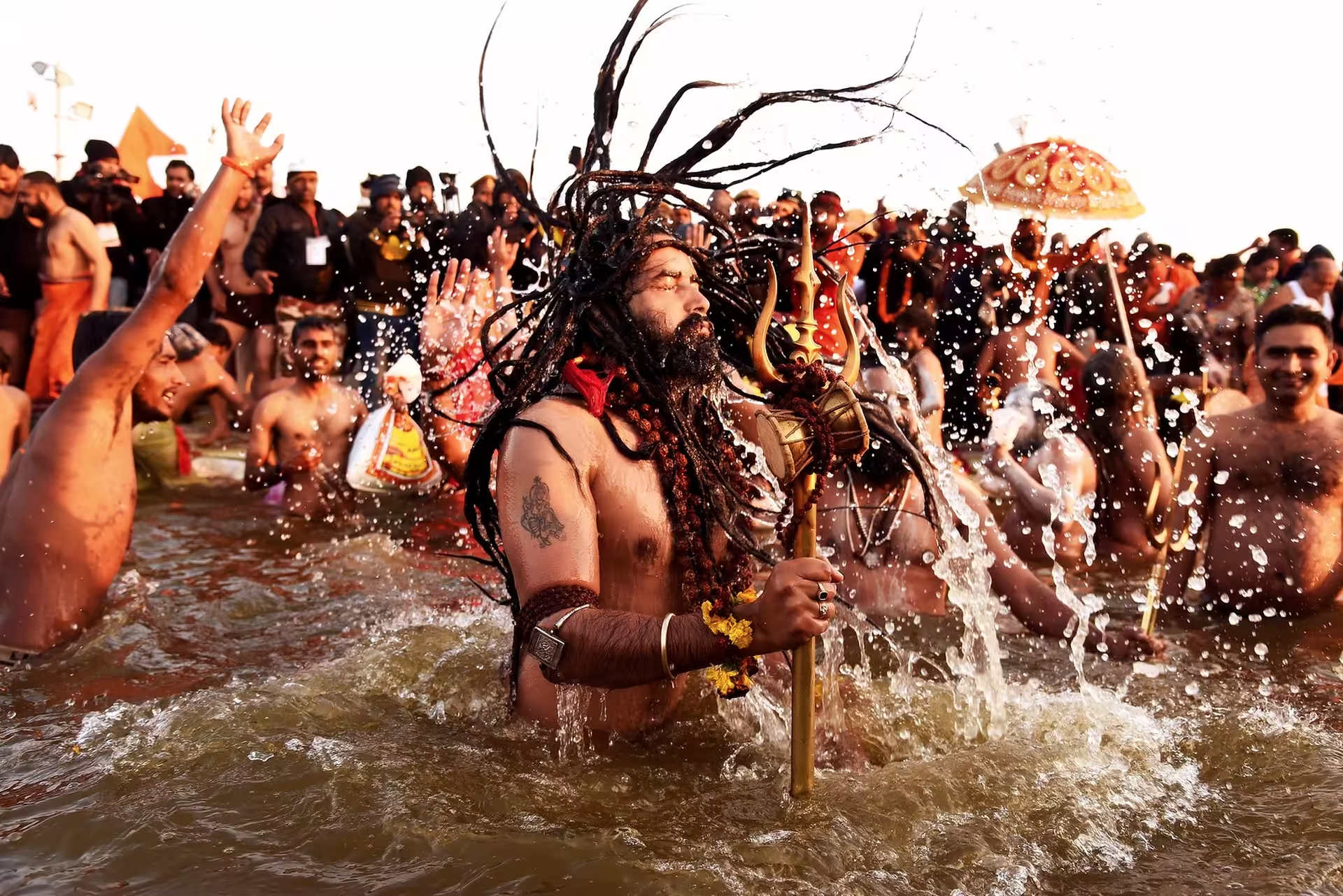Sadhu – Who are they
We all know India is the land of sadhus, or what are commonly known as sages or mendicants. In Hinduism, a sādhu (Sanskrit sādhu, “holy man”) is a religious ascetic or holy person. Although the vast majority of sādhus are yogīs, not all yogīs are sādhus. The sādhu is solely dedicated to achieving mokṣa (liberation), the fourth and final aśrama (stage of life), through meditation and contemplation of Brahman. The sadhu way of life can take a variety of forms. Sadhus may live together in monasteries or isolate themselves in small huts or caves, but many wander throughout the country alone or in small groups. Sadhus, the dreadlocked holy men usually seen lurking around Hindu temples, are essentially an Indian phenomenon. However, Nepal is also one of their favourite stomping grounds. Sadhus are especially common at Pashupatinath temple which is rated as one of the subcontinent’s four most important Shaiva pilgrimage sites. During the festival of ShivaRatri, Pashupatinath hosts a full-scale sadhu convention, with the government laying on free firewood for the festival.
In India, Sadhus generally congregate on important religious occasions, such as lunar eclipses or melas (fairs), and are found in large numbers in sacred cities such as Varanasi (Benares) and Haridwar, India. Their dress and ornaments differ according to their sect but they usually wear yellow/orange robes. They allow their hair to lie matted on their shoulders, or twist it in a knot on top of their heads. Shaiva sadhus follow Shiva in one of his best-loved and most enigmatic guises: the wild, dishevelled yogi, the master of yoga, who sits motionless atop a Himalayan peak for aeons at a time and whose hair is the source of the mighty Ganga river.
Traditionally, sadhus live solitary lives. They smear themselves with ashes, symbolising Shiva’s role as the destroyer, who reduces all things to ash so that creation can begin anew. Their foreheads are usually painted and they employ scores of tikka patterns. Sadhus generally take vows of poverty and celibacy and depend on the charity of householders for their food. Sadhus usually have only the possessions they carry with them: a danda, a waterpot (kamandalu), an alms bowl, a rosary, and perhaps an extra cloth or a fire tong. However modern Sadhus often travel, mix with all kinds of people and sometimes they act like they are the king of all reality. Modern sadhu keeps handy a phone, flashlights, shoes, wallet and sometimes even a laptop or iPad…






